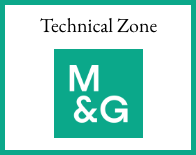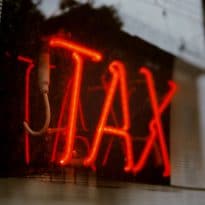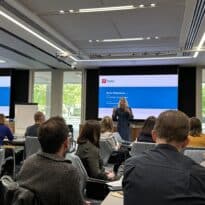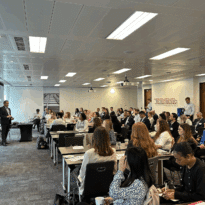Professional Paraplanner’s TDQ (Training, Development and Qualifications) series, is run in conjunction with key support providers, such as Brand Financial Training, and aims to test your knowledge of the financial services market, as part of your overall training goals and exam techniques.
The following questions, which can also be found in our March 2021 issue, relate to examinable Tax year 20/21, examinable by the CII until 31 August 2021.
Questions
1. Alex has a Junior ISA held on a platform. He can gain access to the funds when he reaches age:
A. A. 16.
B. B. 17.
C. C. 18.
D. D. 19.
2. A client is self-employed and has asked you to explain what is included in the balancing payment he has to make to HMRC in January of each year. You tell him the following is included:
A. class 2 national insurance, the balance of income tax and class 4 national insurance and any capital gains tax outstanding
B. class 4 national insurance and any capital gains tax outstanding
C. class 2 national insurance and any outstanding income tax
D. class 2 national insurance, the balance of income tax, class 1 national insurance and any capital gains tax outstanding
3. Manesh is a member of a defined contribution pension scheme but does not receive an annual Statutory Money Purchase Illustration. This is because Manesh has a:
A. personal pension.
B. Stakeholder Pension.
C. Self-Invested Personal Pension.
D. Retirement Annuity Contract.
4. Sean has an income protection policy with a deferred period of 13 weeks. When should he notify the insurance company in the event that he becomes incapacitated and needs to make a claim?
A. As soon as possible
B. After 13 weeks
C. 4 weeks before the end of the deferred period
D. No later than 30 days after his incapacity starts
5. Apart from the periodic, application and special project fees, what other fees are due from authorised firms?
A. Financial Ombudsman Service, Financial Services Compensation Scheme and Money and Pensions Service fees
B. Financial Ombudsman Service and Financial Services Compensation Scheme fees
C. A tariff and block rate fee calculated at the end of each financial year
D. A flat charge of £250 due at the end of each financial year
6. A client’s investment objectives need to be clear, unambiguous and achievable and it is the role of the adviser to clarify and quantify these. As an adviser, therefore, you should ensure that client objectives are:
A. long term only.
B. decided by you alone.
C. specific and measurable.
D. short term only.
7. Dividends from preference shares are:
A. ineligible for inclusion in the dividend allowance but other than that are taxed in the same was as other dividends.
B. eligible for inclusion in the dividend allowance and taxed in the same way as other dividends.
C. treated as payments of interest and taxed as such.
D. treated as payments of interest but are not taxable on the investor.
8. Which of the following is an eligibility condition for the Disability Living Allowance?
A. To have a satisfactory Class 1 National Insurance contribution record
B. Be expected to remain disabled for a period of six months
C. Capital assets less than £23,250
D. To be over the age of 65
9. What is the basic structure of a Home Reversion Plan?
A. The legal conveyance of the property to a finance provider
B. A mortgage secured on a property
C. A shared ownership scheme
D. A loan repayable on death
10. Jon and Sam have their hearts set on a period end of terrace property in a nearby town. However, property prices are such that they don’t want to sell their existing house until the property market improves. What sort of arrangement would suit them?
A. Let to buy
B. Rent and buy
C. Buy and rent
D. Buy to let






























